#mysid shrimp
Text
Daily fish fact #216
Longfin damselfish!
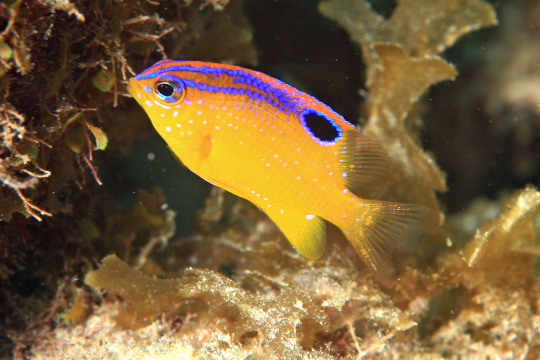
These damselfish have actually been found to domesticate other animals! They will guard swarms of mysid shrimp that live in algae, not eating them despite consuming similar invertebrates. The waste products of the mysid shrimp fertilise the algae, which the damselfish then feed on! They will aggressively defend their algae farms from other fish, so the species' relationship is mutualistic at least and domestication at most.
#fish#fishfact#fish facts#biology#zoology#aquatic#fishblr#marine biology#marine life#sea life#marine animals#damselfish#longfin damselfish#mysid shrimp#shrimp
294 notes
·
View notes
Note
Wait, which animals raise livestock?
Several species of ants will 'herd' aphids around (a type of plant lice)- even picking them up and putting them back with the group if they wander off. The ants will attack anything that approaches their aphid herds, defending them. The aphids produce a sugary excretion called honeydew, which the ants harvest and eat.
Some ants will even 'milk' the aphids, stroking the aphids with their antennae, to stimulate them to release honeydew. Some aphids have become 'domesticated' by the ants, and depend entirely on their caretaker ants to milk them.
When the host plant is depleted of resources and dies, the ants will pick up their herd of aphids and carry them to a new plant to feed on - a new 'pasture' if you will.
Some ants continue to care for aphids overwinter, when otherwise they'd die. The ants carry aphid eggs into their own nests, and will even go out of their way to destroy the eggs of aphid-predators, like ladybugs.
--
Microhylids – or narrow-mouthed frogs - have an interesting symbiosis with Tarantulas.
While the spiders could very easily kill and eat the much-tinier frogs, and DO normally prey on small frogs, young spiders instead will use their mouthparts to pick up the microhylid frogs, bring them back to their burrow, and release them unharmed.
The frog benefits from hanging out in/around the burrow of the tarantula, because the tarantula can scare away or eat predators that normally prey on tiny frogs, like snakes, geckos, and mantids. The tarantula gets a babysitter.
Microhylid frogs specialize in eating ants, and ants are one of the major predators of spider eggs. By eating ants, the frogs protect the spider's eggs. The frogs can also lay their eggs in the burrow, and won't be eaten by the spider.
So it's less 'livestock' and more like a housepet - a dog or a cat. You stop coyotes/eagles from hurting your little dog/cat, and in return the dog/cat keeps rats away from your baby.
--
Damselfish grow algae on rocks and corals. They defend these gardens ferociously, and will attack anything that comes too close - even humans. They spend much of their time weeding the gardens, removing unwanted algaes that might overtake their crop.
The species of algae that they cultivate is weak and and sensitive to growing conditions, and can easily be overgrazed by other herbivores. That particular algae tends to grow poorly in areas where damselfish aren't around to protect and farm it.
Damselfish will ALSO actively protect Mysidium integrum (little shrimp-like crustacians) in their reef farms, despite eating other similarly sized invertebrates. The mysids are filter feeders, who feed on zooplankton and free-floating algae, and their waste fertilizes the algae farms. Many types of zooplankton can feed on the algae crop, and the mysids prevent that.
While Mysids can be found around the world, the only place you'll find swarms of Musidium integrum is on the algae farms that Damselfish cultivate.
Damselfish treat the little mysids like some homesteaders treat ducks. Ducks eat snails and other insect pests on our crops, and their poop fertilizes the land. The ducks can be eaten, but aren't often, since they're more useful for their services than their meat.
--
There are SEVERAL species of insect and animal which actively farm. They perform fungiculture and horticulture: deliberately growing and harvesting fungus and plants at a large-scale to feed their population.
Leaf-cutter ants and Termites both chew up plant material and then seed it with a specific type of fungus. The fungus grows, and the termites/ants harvest the mushroom as a food source.
Ambrosia beetles burrow into decaying trees, hollow out little farming rooms, and introduce a specific fungii (the ambrosia fungi), which both adults and larval beetles feed on.
Marsh Periwinkles (a type of snail) cultivates fungus on cordgrass. They wound the plant with their scraping tongue, then defecate into the wound so their preferred fungus will infect it and grow there. They let the fungus grow in the wound a bit, and come back later to eat.
3K notes
·
View notes
Text
It’s time for Zodiac signs as shrimp (and other close shrimp-like relatives)! 🦐✨
🌜☀️✨ Part 2 ✨ ☀️🌛





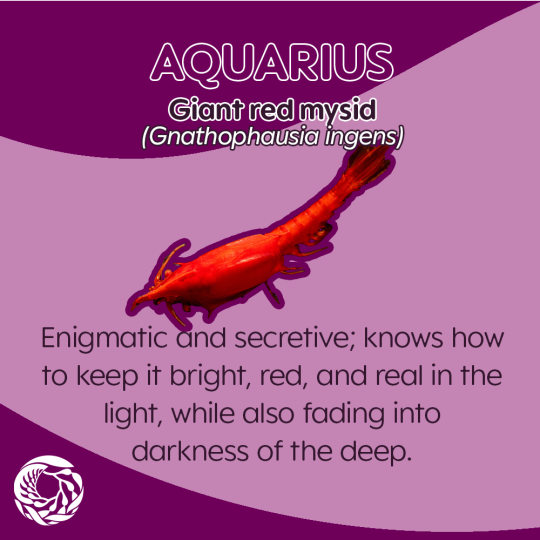
Sea the rest in 🌜☀️✨ Part 1! ✨ ☀️🌛
Thanks to our fronds at NOAA for the image of the goblin shrimp!
#monterey bay aquarium#shromp week 2024#we always sea stars when we look at shrimps but now you can know which stars SPECIFICALLY#shrimps are technically all water signs#petition to make all zodiac signs crustaceans#cancer is lonely up there#think of it as carcinization but for the stars#the sea is coming for you NASA
1K notes
·
View notes
Text
leafy seadragons!
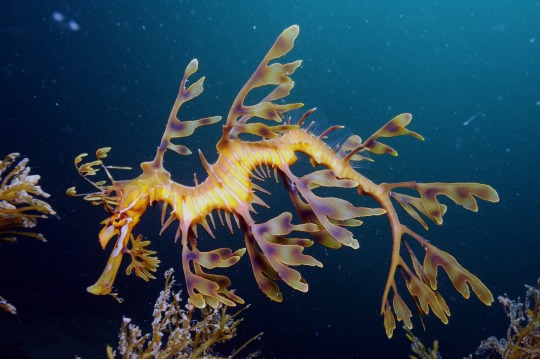
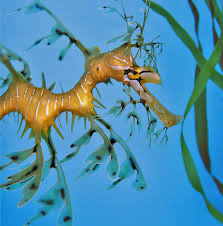


leafy seadragons are found off the southern and western coasts of australia!
they are extremely good at camouflage and can easily pretend to be a floating piece of seaweed
it is a fish which usually grows to be an average of 30cm long!
they eat small shrimp-like creatures called mysids, and each day leafy seadragons can eat thousands
leafy seadragons actually do not have any predators!
they’re very poor swimmers so they rely on their camouflage to protect them
they have a long snout to slurp up their food :)
#sea life#marine biology#marine life#ocean#deep sea#i love them#sea creatures#adorable little guys#fish#animals#australia#leafy seadragons#seahorse relatives#for you
451 notes
·
View notes
Text
🐠 Daily Fish Fact: 🐠
The Ornate Ghost Pipefish, or harlequin ghost pipefish, is a false pipefish. The species' name comes from the Greek paradoxos, referring to this fish's unusual external features. Although relatively common, ornate ghost pipefish are very well-camouflaged and difficult to find. It occurs either as solitary individuals or in pairs, among floating weeds, or crinoids where the feed on mysids and small benthic shrimp.
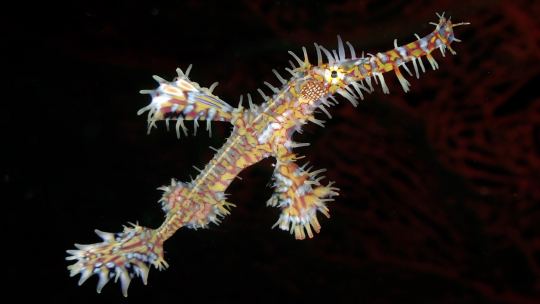
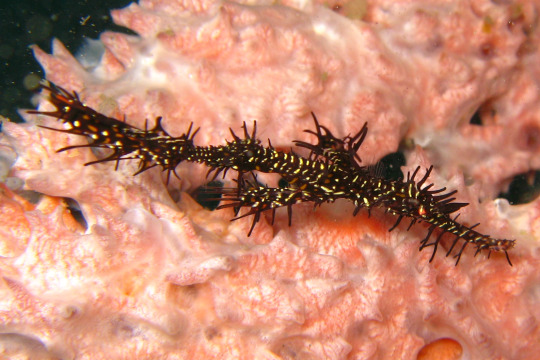
#ornate ghost pipefish#harlequin ghost pipefish#pipefish#long boi#noodle boi#spiky#camoflauge#respect the locals#fish#fish post#ocean#ocean life#marine#marine life#marine biology#sea creature#sea life#shark blog#fish fact#daily fish fact#daily fish
104 notes
·
View notes
Text
Taxonomy Tournament: Fish

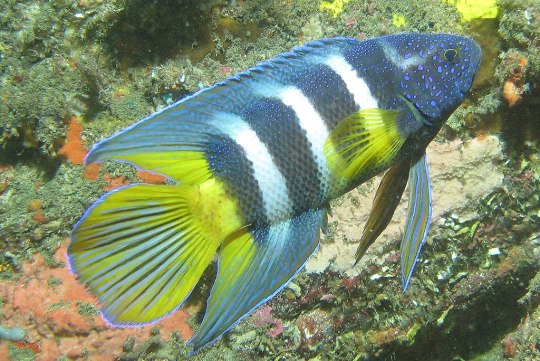
Pomacentridae. This family is made up of clownfishes and damselfishes. Some damselfish have been observed to have domesticated mysid shrimp.
Plesiopidae. This family is known as longfins or spiny basslets.
#animals#biology#polls#poll tournament#zoology#clownfish#fish#longfins#Pomacentridae#Plesiopidae#0x23v0xdc#animal tournament#Animal Tournament Round 1
142 notes
·
View notes
Text
Zooplankton are tiny crustaceans that occupy a variety of roles in Great Lakes food webs, from open water filter feeding to benthic decomposers 🩵
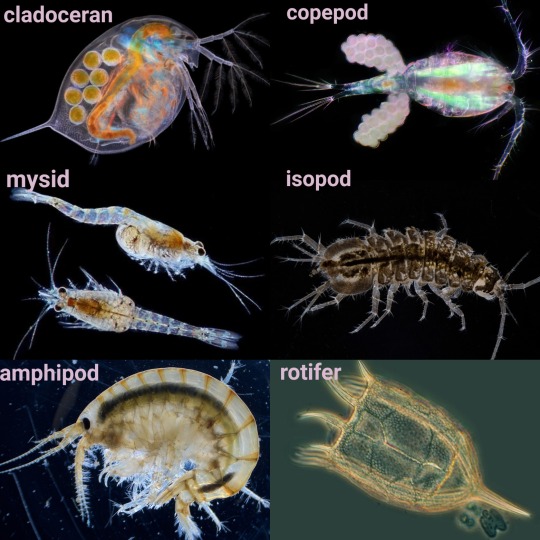
#great lakes#lakeposting#poll#lake#freshwater#freshwater ecology#aquatic ecology#ecology#biology#science#crustaceans#cute#animals#shrimp#freshwater science#limnology#aquatic#plankton#zooplankton#cladocerans#copepods#amphipods#isopods#rotifers#food web#nature#naturecore#microscopic#miniature
476 notes
·
View notes
Video
Racing into the weekend like 🏃🏻
Also known as the “giant red mysid,” Gnathophausia ingens is a species of mysid shrimp. These brilliant beauties are typically found in the midwater and feed on smaller crustaceans. If threatened, the giant red mysid can release a glowing bioluminescent fluid that will distract the potential predator and give this cunning crustacean a few seconds to escape.
#MBARI#DeepSea#SeaLife#ocean#nature#science#FridayFlow#WeekendVibes#NothingSaysWeekendLikeAGiantRedMysid
192 notes
·
View notes
Photo


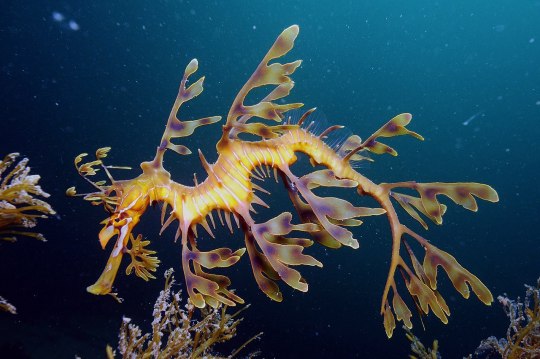


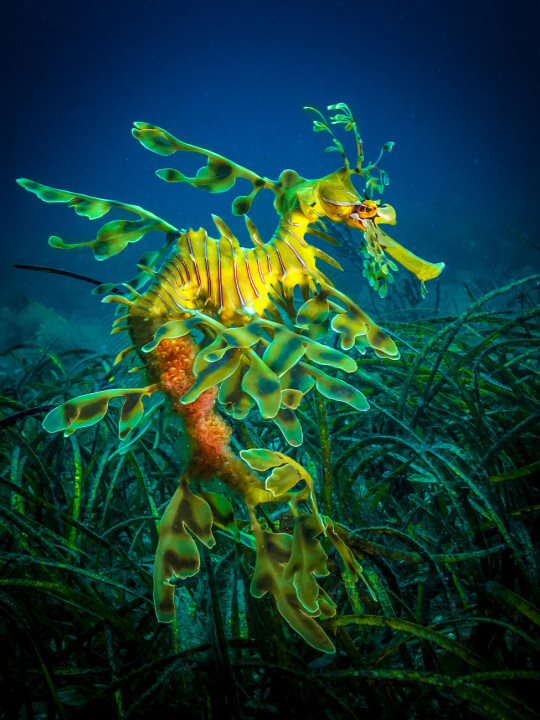
The leafy seadragon, also known as Glauert's seadragon or simply the leafie, is is a marine fish in the family Syngnathidae, which includes seadragons, pipefish, and seahorses, and is the only living member of its genus Phycodurus. They are native to the waters of the southern and western coasts of Australia where they tend to be found in sea grass meadows, sandy areas, and kelp forests up to 150ft in depth. They live alone or in pairs and feed by sucking up small crustaceans, such as amphipods and mysid shrimp, plankton, and animal larvae through its long, pipe-like snout. Sea dragons are themselves preyed upon by other fish, crustaceans and even sea anemones. Reaching 8 to 10inches (20 -25 cms) in length, there name is derived from the appearance, with long leaf-like protrusions coming from all over the body. These protrusions are not used for propulsion; they serve only as camouflage. The leafy seadragon propels itself by means of a pectoral fin on the ridge of its neck and a dorsal fin on its back closer to the tail end. These small fins are almost completely transparent and difficult to see as they undulate minutely to move the creature sedately through the water, completing the illusion of floating seaweed. In addition leafy sea dragons can change there coloration to better match there surroundings. As with other seahorses & pipefish, the male leafy seadragon cares for the eggs. The female produces up to 250 bright pink eggs, then deposits them onto the male's brood patch with her ovipositor, a long tube. After 9 weeks, the eggs turn a bright purple and begin to hatch, leaving the male to birth the young a few at a time over a period of 24-48 hours. Once born, the young seadragon is completely independent, eating small zooplankton until large enough to hunt mysids. Under ideal conditions a leafy sea dragon will reach sexual maturity at around 2 years of age and may live up to ten years.
39 notes
·
View notes
Text
First week aquatic hybrid
Hammer-Head Shark & Mantaray
Hybrid name: Mantarks
Korean name: mantaleuka (만타르카 )
Life span: 25 - 41 years of age
Width: 910.42cm - 927.92cm
legnth: 499.11cm - 532.384cm
Hight: 243.84cm - 264.16cm
Diet: mysids, decapod larvae, and shrimp stingrays, other rays and skates. May also consume other sharks, including other Mantarks, bony fish, including groupers and sea catfish, squid, bottom dwelling crustaceans and known for there great hunger for lion fish that swim across the coral reefs.
Description about it: The mantarks are a beauty of the shallows because of having the capability of showing emoition through there way of colours that show on the back of the fish, this alone has impressed the scientists of what they have achived through hybridisation.
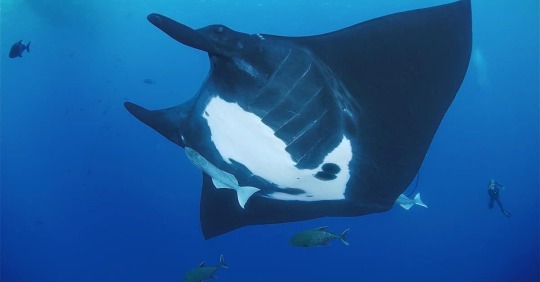


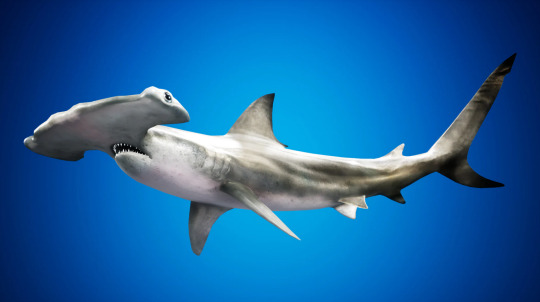
0 notes
Text
Daily fish fact #708
Giant kelpfish!

Its elongated body shape and ability to change its colour aid it in blending in among kelp. Juvenile kelpfish often like to school with each other, and as larvae they can even school with mysid shrimp!
#fish#fish facts#fishfact#fishblr#marine life#marine biology#marine animals#sea animals#sea creatures#sea life#biology#zoology#giant kelpfish#blenny#blenny fish
89 notes
·
View notes
Text
9 Severe Imaginative And Prescient Symptoms To Watch Out For
Aqueous tears evaporate from the tear film in the course of the interval between each blink, and full blinking is required to replenish the tear film by distributing tears and lipids over the ocular floor. Thus, reduced and incomplete blinking results in ocular surface dryness by permitting greater evaporative loss, which might, over time, doubtlessly provoke the DED cycle. Please seek the guidance of a licensed doctor before making any purchase, particularly should you devour treatments or have concerns about the evaluate details shared above. Make positive you perceive that each guideline or advice published right here is not even remotely a substitute for medical advice from an skilled healthcare provider.
He takes a real interest in researching and educating himself on varied new advancements in optometry so his patients get one of the best treatment attainable. Our Rockville optometrists will verify for indicators of eye illness or situations that can affect your vision & total health. Dry eye is more frequent in females, older people and office environments, the place there may be plenty of pc work and dry air as a outcome of constant heating/cooling. Symptoms of dry eyes including itching, watering, redness, burning, grittiness, fluctuating vision and sensitivity to mild. Although there is no dry eye treatment, early analysis and management, together with symptomatic treatment, are essential.
Leafy green vegetables are wealthy in each lutein and zeaxanthin and are additionally a good supply of eye-friendly vitamin C. Just like vitamin E, vitamin C is an antioxidant that is recommended by the AOA to fight age-related eye harm. The eyes are advanced, and it’s important to know the totally different components and how they perform. The plan was born out of a 2008 neighborhood visioning exercise performed by the Oak Park-River Forest Community Foundation. At 80, Larry Ginter, a longtime organizer who participated in November’s visioning session, isn’t old enough to remember the unique New Deal. The cleanse after the Facebook toxicity Zuckerberg explained his metaverse imaginative and prescient and the Meta name change in interviews after Connect.
The different types of eye in, for example, vertebrates and molluscs are examples of parallel evolution, regardless of their distant common ancestry. Then there could be the mysid shrimp, Dioptromysis paucispinosa. The ensuing eye is a mixture of a simple eye inside a compound eye. The refracting superposition eye has a niche between the lens and the rhabdom, and no aspect wall. Each lens takes light at an angle to its axis and reflects it to the identical angle on the other side. The result is a picture at half the radius of the attention, which is where the information of the rhabdoms are.
To validate their effects on imaginative and prescient, some elements featured within the dietary supplements have been considerably studied. Others, nonetheless, maintain antioxidants that could support inflammation but note it's inconceivable just to enhance the imaginative and prescient in a single day. To achieve these advantages, Vision consists of ingredients like bilberry extract, blackcurrant extract, zeaxanthin, astaxanthin, and lutein, all present in related products on this record. The supplement contributes to eye well being by introducing strong content of anthocyanins – detrimental to eye wellbeing. Same as Provisine, Eyesight Max especially claims to upgrade your imaginative and prescient like few different supplements included here. Their official website assures that this complement will give everybody a transparent 20/20 vision who makes use of their product in only a few weeks.
See plan documents for a complete description of advantages, exclusions and limitations of coverage. Plan features and availability might vary by location and are topic to change. 3 Naturals Triple Vision Reviews of misplaced, stolen or broken prescription lenses or frames. Lenses and frames furnished or ordered because of an eye fixed exam that was done before the date the person becomes lined.
#Eye Vision#Eye Test Vision#Revision#Eye Test#Blurry Vision#Eye Vision Test#Eye Diseases#Eye Exercises#Improve Eye Vision#Vision of the Eye#Vision and the Eye#The Eye and Vision#Eye Care#Be Inspired Eye Vision#Eye Vision Test at Home#Improve Vision#Eye Examination#Improve Your Eye Vision#Vision Loss#Eye Health#Eye Video#Vision Therapy#Exercise to Improve Eye Vision#How Vision Works#Vision Problems
1 note
·
View note
Text
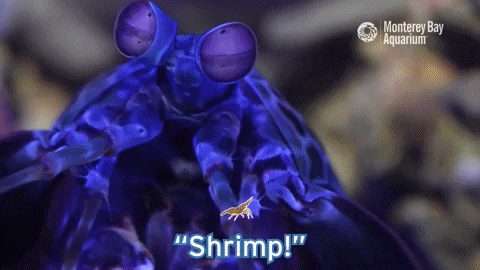

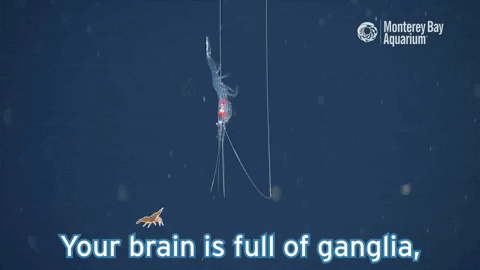
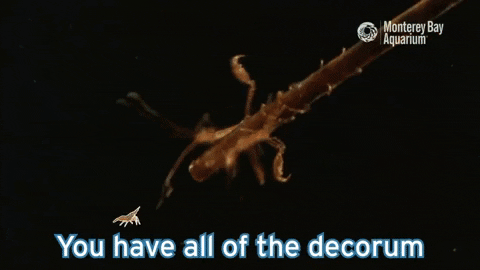
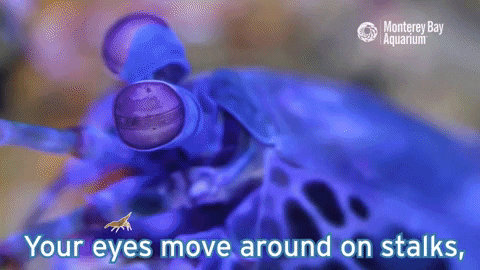


Shrimp. Shramp. Shrump!
Shellebrate the wonderful world of shrimp (and their shrimp-like friends) with this playful parody of “You’re a Mean One, Mr. Grinch”. We promise by the end, you’ll want to hug a deep-sea shrimp, squeal about cleaner shrimp, and be fascinated by mysid shrimp!
If you weren’t shrimpressed before, we’re sea-rtain this song will krilly change your tune!
youtube
#monterey bay aquarium#shromp week 2023#we would also dump the pugilistic reprobate#dont be a nasty blasty grump#we tried calling jessica shrimpson and miley cyprid to sing for us#but we think we krilled it#should we start an acaprellid group?#Youtube
7K notes
·
View notes
Text
WORMS, 19.03.2022
TEN REMARKABLE NEW MARINE SPECIES FROM 2021
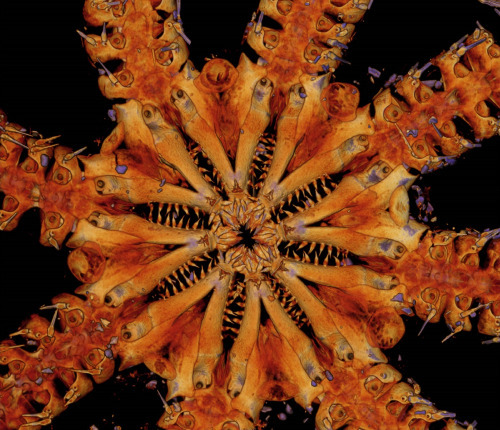
As for previous years, the World Register of Marine Species (WoRMS) has again released its annual list of the top-ten marine species described by researchers during the past year to coincide with World Taxonomist Appreciation Day on March 19th!
Every day in labs, museums, out on fieldwork, taxonomists are busy collecting, cataloguing, identifying, comparing, describing, and naming species new to science. Some 300 taxonomists globally also contribute their valuable time to keeping the World Register of Marine Species up to date. Today is a chance for us at WoRMS to thank our taxonomic editors for this important task. We celebrate the work of taxonomists now with the WoRMS list of the top-ten marine species described in 2021 as nominated and voted for by taxonomists, journal editors and WoRMS users!
This top-ten list is just a small highlight of over 2,000 fascinating new marine species discovered every year (there were 2,241 marine species described in 2021 and added to WoRMS, including 263 fossil species).
How were the species chosen?
A call for nominations was announced in December 2021, sent to all editors of WoRMS and editors of major taxonomy journals, and posted openly on the WoRMS website and social media so anyone had the opportunity to nominate their favourite marine species. Nominated species must have been described between January 1st and December 31st, 2021, and have come from the marine environment (including fossil taxa). A small committee (including both taxonomists and data managers) was brought together to decide upon the final candidates. The list is in no hierarchical order.
The final decisions reflect the immense diversity of animal groups in the marine environment (including fish, crustaceans, molluscs, corals, sponges, jellies and worms) and highlight some of the challenges facing the marine environment today. The final candidates also feature some particularly astonishing marine creatures, notable for their interest to both science and the public.
Each of these marine animals has a story. This year the chosen species range from the extremely tiny and often overlooked, to a new species of whale! We feature the tiny Japanese Twitter Mite, discovered on social media, the Quarantine Shrimp, described during the COVID-19 lockdown, a new species of mysid hiding in plain sight, the massive Yokozuna Slickhead, honouring high ranking sumo wrestlers, and the astonishing Jurassic Pig-Nose Brittle Star!
About the WoRMS top-ten list of Marine Species
After 250 years of describing, naming and cataloguing the species we share our planet with, we are still some way off from achieving a complete census. However, we do know that at least 240,000 marine species have been described because their names are managed in WoRMS by almost 300 scientists located all over the world.
In 2018, to celebrate a decade of WoRMS’ existence, we compiled a list of our top marine species, both for 2017 and for the previous decade in order to highlight the fascinating discoveries of the numerous new marine species being made every year ( http://www.lifewatch.be/en/2018.04.23-WoRMS-LifeWatch-press-release).
We decided to continue this process every year as a celebration of the work that taxonomists do and of the fascinating marine species that are discovered each year. Our previous lists of the top-ten marine species described for the decade 2007–2017, for 2017, 2018, 2019 and 2020 can be found here:
• https://www.lifewatch.be/en/worms-top10-2007-2017
• https://www.lifewatch.be/en/worms-top10-2017
• https://www.lifewatch.be/en/worms-top10-2018
• https://www.lifewatch.be/en/worms-top10-2019
• https://www.lifewatch.be/en/worms-top10-2020
A list of the ‘Top Ten Species’ described from ALL habitats and taxa has been announced annually since 2008. The oceans cover over 70% of the surface of our planet, and yet they still include the least explored regions. Although the ESF list often contains one or two marine species, we decided to pay homage to the ‘largest habitat on earth’ by producing our own list of the top marine species.
We hope some of our favourites will make it to the global list!
Ten remarkable new marine species from 2021
• The Hidden Horniman Mysid, Heteromysis hornimani
• The Cebimar Moon Jellyfish, Aurelia cebimarensis
• The Emperor Dumbo, Grimpoteuthis imperator
• The Yokozuna Slickhead, Narcetes shonanmaruae
• The Quarantine Shrimp, Periclimenaeus karantina
• The Japanese Twitter Mite, Ameronothrus twitter
• The Jurassic Pig-Nose Brittle Star, Ophiojura exbodi
• Ramari’s Beaked Whale, Mesoplodon eueu
• The Balloon Backpack Isopod, Akrophryxus milvus
• Winter’s Basket Coccolithophore, Syracosphaera winteri
***
For more information, please contact: Tammy Horton: [email protected]
Stefanie Dekeyzer: [email protected]; Leen Vandepitte: [email protected]
Please contact authors of individual species for information on these, and Tammy Horton, Stefanie Dekeyzer or Leen Vandepitte for information on the top-ten list and the World Register of Marine Species.
0 notes
Photo
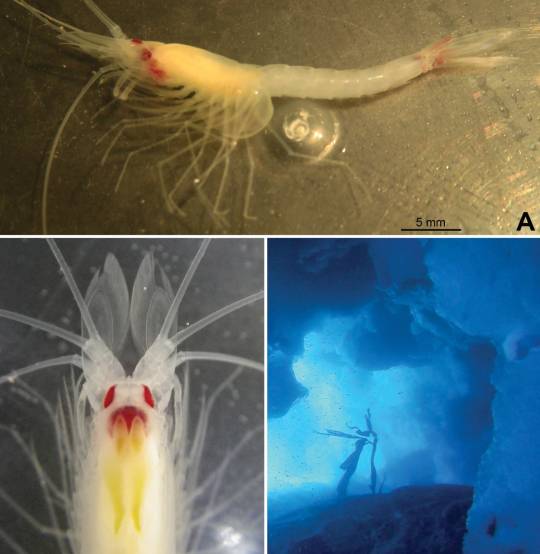
First report of the order Mysida (Crustacea) in Antarctic marine ice caves, with description of a new species of Pseudomma and investigations on the taxonomy, morphology and life habits of Mysidetes species
Karl J. Wittmann, Pierre Chevaldonné
SCUBA diving explorations of three islands off Dumont d’Urville Station at the coast of Adélie Land, East Antarctica, enabled the observation of marine ice caves. Sampling in this unusual habitat yielded a total of three species of Mysidae, altogether previously poorly known or unknown to science. Pseudomma kryotroglodytum sp. nov. is described, based on the structure of the antennal scale, telson and on cornea-like lateral portions set off against the main body of eyeplates.
Mysidetes illigi is re-established at species level after almost a century in synonymy. Re-descriptions are provided for M. illigi and M. hanseni, based on types and ice cave materials. Keys to the Southern Ocean species of Pseudomma and to the world-wide species of Mysidetes are given.
Phylogenetic trees are provided for the genera Pseudomma and Mysidetes. 18S rDNA sequences of P. kryotroglodytum differ from GenBank sequences of other Pseudomma species. First sequence data are given for species of the genus Mysidetes: 18S differs between the two examined species and COI is quite diverse between and within species.
We found previously unknown, probably sensorial structures in these ice cave species: in P. kryotroglodytum, the basal segment of the antennula shows a pit-like depression with striated pad on the bottom and a median cyst, connected with the bottom of the eyeplate cleft. M. illigi shows a female homologue of the appendix masculina bearing a field of modified setae. Subsequent investigations demonstrated these structures also in species from other habitats...
Read the paper here: https://zookeys.pensoft.net/article/76412/
52 notes
·
View notes
Text
Taxonomy Tournament: Fish
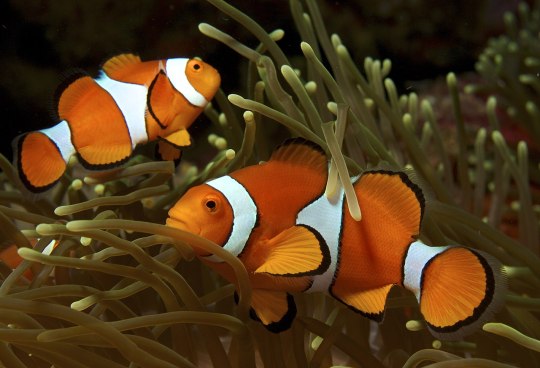
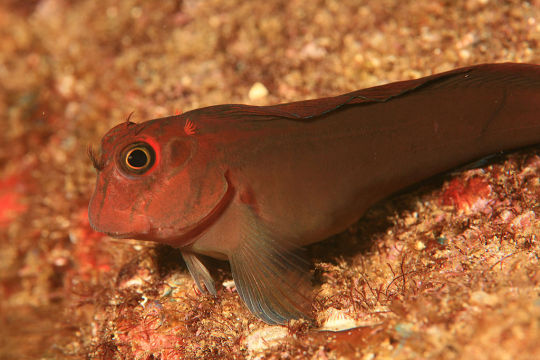
Pomacentridae. This family is made up of clownfishes and damselfishes. Some damselfish have been observed to have domesticated mysid shrimp.
Blenniiformes. This order is made up of blennies, including the sand stargazer, which have eyes on top of their heads and spend most of the time buried in sand to ambush prey.
#animals#biology#polls#poll tournament#zoology#clownfish#fish#blennies#Pomacentridae#Blenniiformes#0x23v0x5c
77 notes
·
View notes